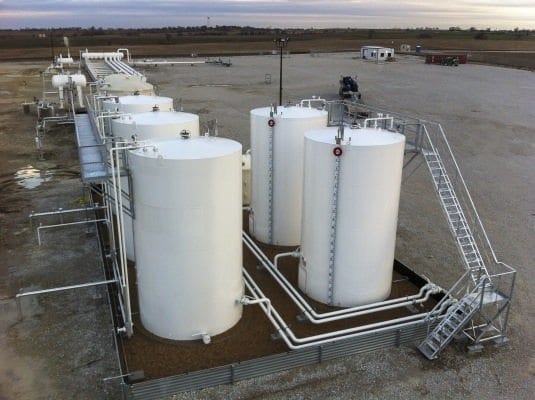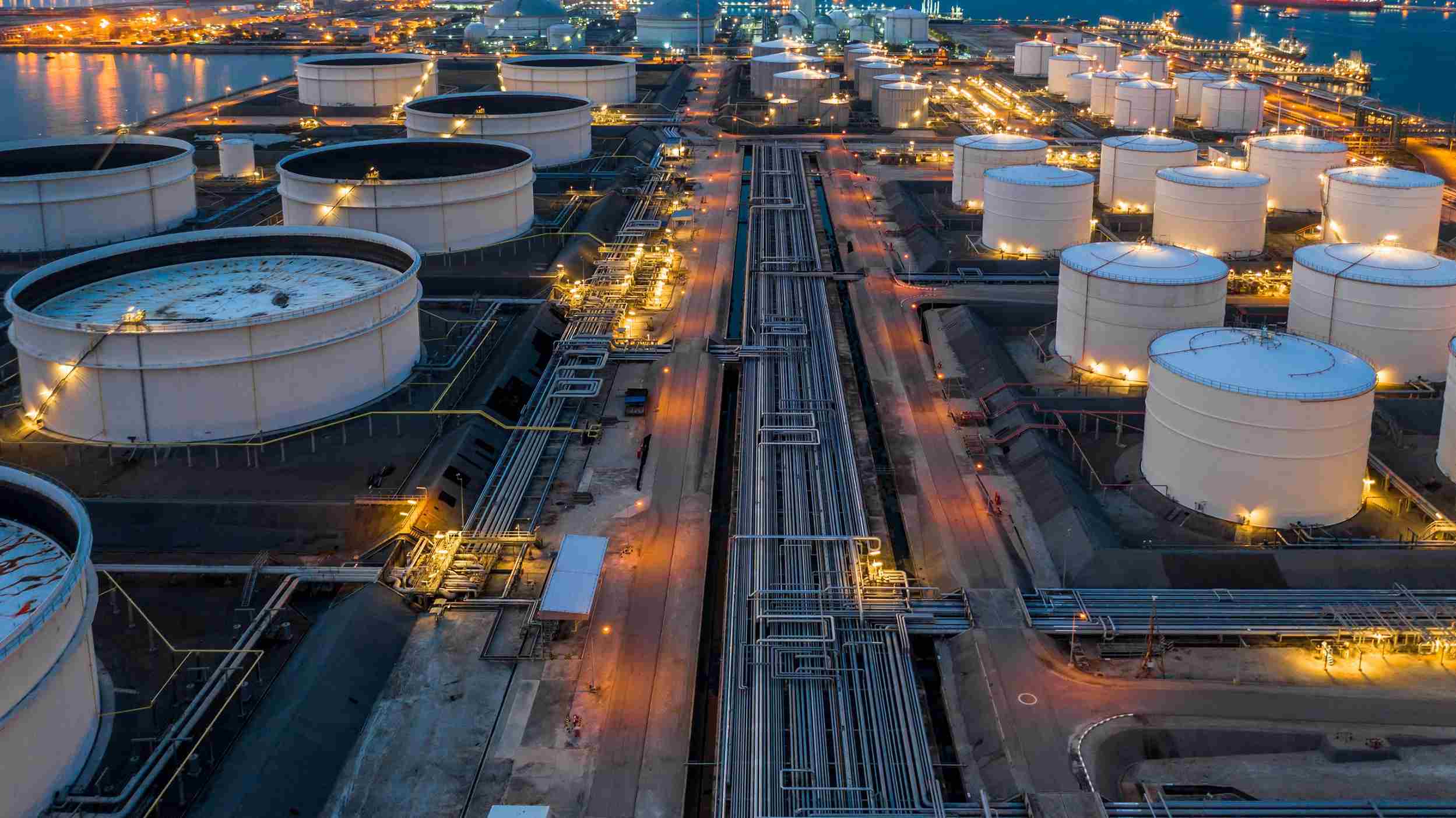Understanding the Significance of Welding Inspection in Quality Assurance Processes
Welding evaluation is an important element of quality control in building and construction and production. It ensures that welds adhere to well-known requirements, which is vital for architectural stability. Different examination techniques, from visual to ultrasonic testing, help identify defects early. This proactive technique not just prevents pricey repair work but also boosts safety. Understanding the nuances of welding evaluation can reveal its wider ramifications for industry conformity and track record. API 650 Welding Inspection. What lies below the surface area of these practices?
The Role of Welding Assessment in Quality Control
While welding is a vital procedure in different markets, its high quality and integrity pivot considerably on effective inspection techniques. Welding inspection functions as a safeguard, ensuring that welds fulfill established requirements and specifications. This process not just determines problems however additionally evaluates the general handiwork, thus adding to the safety and long life of welded structures. Assessments are important to quality control, as they aid maintain and prevent pricey failings compliance with industry laws. By using skilled inspectors, companies can enhance their operational effectiveness and support their reputations. Furthermore, the insights gained from evaluations can educate constant renovation, bring about far better methodologies and training for welders. Eventually, welding assessment works as a crucial link in the quality control chain, guaranteeing that every joint is capable and trustworthy of holding up against the rigors of its desired application. This diligence is important for the stability of facilities and the security of end individuals.
Kinds Of Welding Inspections
Welding inspections encompass a series of methods designed to review the top quality and honesty of welds. These assessments are essential in making certain compliance with industry standards and requirements. Common sorts of welding examinations consist of aesthetic examination, which permits immediate identification of surface irregularities; ultrasonic testing, which uses high-frequency acoustic waves to detect inner defects; and radiographic screening, employing X-rays or gamma rays to disclose weld honesty underneath the surface area (API 650 Welding Inspection). In addition, magnetic fragment testing is made use of to recognize surface area and near-surface suspensions in ferromagnetic products, while dye penetrant testing provides an approach for exposing surface-breaking flaws. Each kind of examination serves a details purpose, adding to the overall quality control process. By employing a mix of these strategies, examiners can supply a complete assessment of welding top quality, inevitably making sure the security and dependability of welded frameworks
Usual Problems Discovered in Welding
A selection of common problems can take place during the welding procedure, influencing the stability and efficiency of welded structures. These issues include porosity, which includes caught gas pockets within the weld, compromising its toughness. Splits might likewise create due to rapid air conditioning or improper joint style, leading to potential failing under tension. Insufficient combination takes place when there wants melting of the base metal, leading to weak bonds. An additional issue, undercutting, involves the elimination of base steel along the weld side, developing a substantial structural weakness. In addition, too much spatter can influence the look and demand additional cleansing or fixing. Misalignment can lead to uneven weld grains, jeopardizing the total high quality. Recognizing these flaws early with appropriate examination techniques is important to guarantee the dependability and safety of bonded components, inevitably safeguarding the efficiency of the entire framework.

Benefits of Normal Welding Assessments
Regular inspections play a significant function in keeping the quality and safety and security of bonded frameworks, particularly because of the usual defects formerly detailed. These evaluations give a possibility to identify and rectify problems before they rise right into significant troubles, guaranteeing structural stability. By discovering defects early, companies can lessen repair expenses and stay clear of possible job hold-ups.
Additionally, routine welding examinations enhance compliance with sector standards and policies, promoting count on amongst stakeholders. This adherence not only safeguards the company's track record however likewise adds to enhanced safety and security for workers and the general public.
Consistent inspections promote better training and ability advancement for welders, as responses from assessments can assist enhancements. Eventually, the advantages of routine welding examinations prolong past immediate high quality assurance, promoting long-term functional efficiency and reliability in welded frameworks.
Finest Practices for Effective Welding Evaluation
Applying finest practices in welding assessment is essential for assuring the greatest requirements of top quality and security. Examiners should be appropriately educated and accredited, possessing an extensive understanding of welding methods and products. Using advanced inspection innovations, such as ultrasonic screening and radiography, enhances the detection of flaws that may not be visible to the nude eye. Establishing a clear assessment her latest blog plan, outlining the standards and regularity of evaluations, guarantees consistency and thoroughness.

Documenting all searchings for thoroughly is crucial for traceability and accountability. Regular calibration of evaluation equipment guarantees precision, while maintaining a tidy and well organized office lowers the risk of contamination. In addition, promoting open interaction among group participants facilitates the sharing of insights and promotes a society of quality. By sticking to these finest methods, companies can significantly boost their welding quality control procedures, inevitably resulting in much safer and a lot more reputable products.

Often Asked Concerns
What Qualifications Are Needed for a Welding Examiner?
A welding inspector commonly needs certification from acknowledged companies, such as the American Welding Culture (AWS) or the International Institute of Welding (IIW), along with pertinent experience and expertise in welding processes and high quality requirements.
Just How Commonly Should Welding Inspections Be Done?
Welding inspections ought to be performed routinely, commonly at numerous project phases, consisting of prior to, during, and after welding processes - API 650 Welding Inspection. The regularity usually depends upon project specifications, regulatory requirements, and the complexity of the welds entailed
What Are the Expenses Connected With Welding Inspections?
The costs related to welding inspections vary commonly, usually ranging from a few hundred to a number of thousand dollars, depending upon aspects like evaluation type, job size, and place, impacting general task budget plans and timelines.
Can Welding Inspections Be Performed Remotely?
Yes, welding assessments can be conducted from another location making use of sophisticated innovations such as drones, video cameras, and ultrasonic screening. These approaches enable inspectors to assess weld integrity without being literally existing, improving performance and safety and security in numerous settings.
Exactly How Do Evaluation Outcomes Effect Project Timelines?
Assessment results can significantly affect job Click This Link timelines by identifying issues early, causing needed rework or changes. Hold-ups may occur if assessments expose concerns calling for resolution, inevitably impacting overall task conclusion and budget plan adherence.
Welding evaluations encompass an array of approaches created to evaluate the high quality and stability of welds. Usual kinds of welding examinations include aesthetic examination, which allows for immediate identification of surface abnormalities; ultrasonic testing, which uses high-frequency audio waves to find interior problems; and radiographic screening, utilizing X-rays or gamma rays to reveal weld honesty below the surface area. Consistent assessments facilitate far better training and ability growth for welders, as responses from inspections can direct improvements. Applying best practices in welding evaluation is crucial for assuring the highest criteria of quality and safety. Welding assessments ought to be carried out consistently, typically at different job phases, consisting of prior to, throughout, and after why not try these out welding procedures.